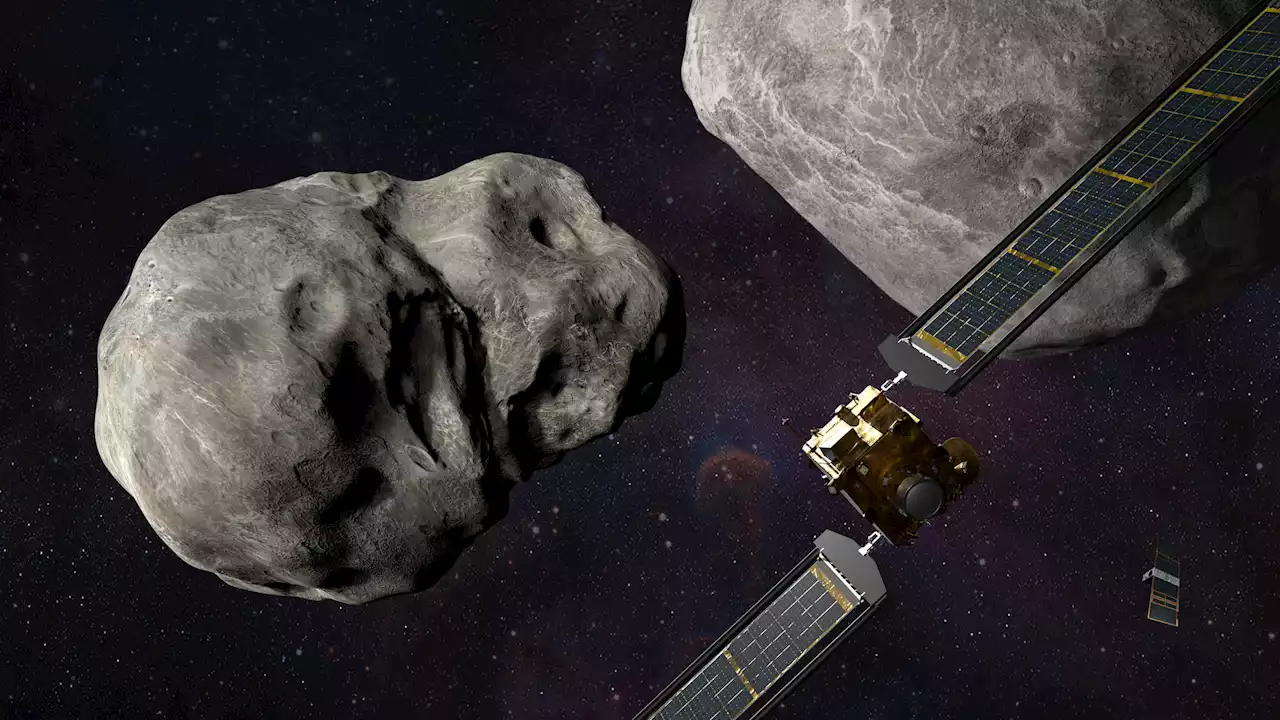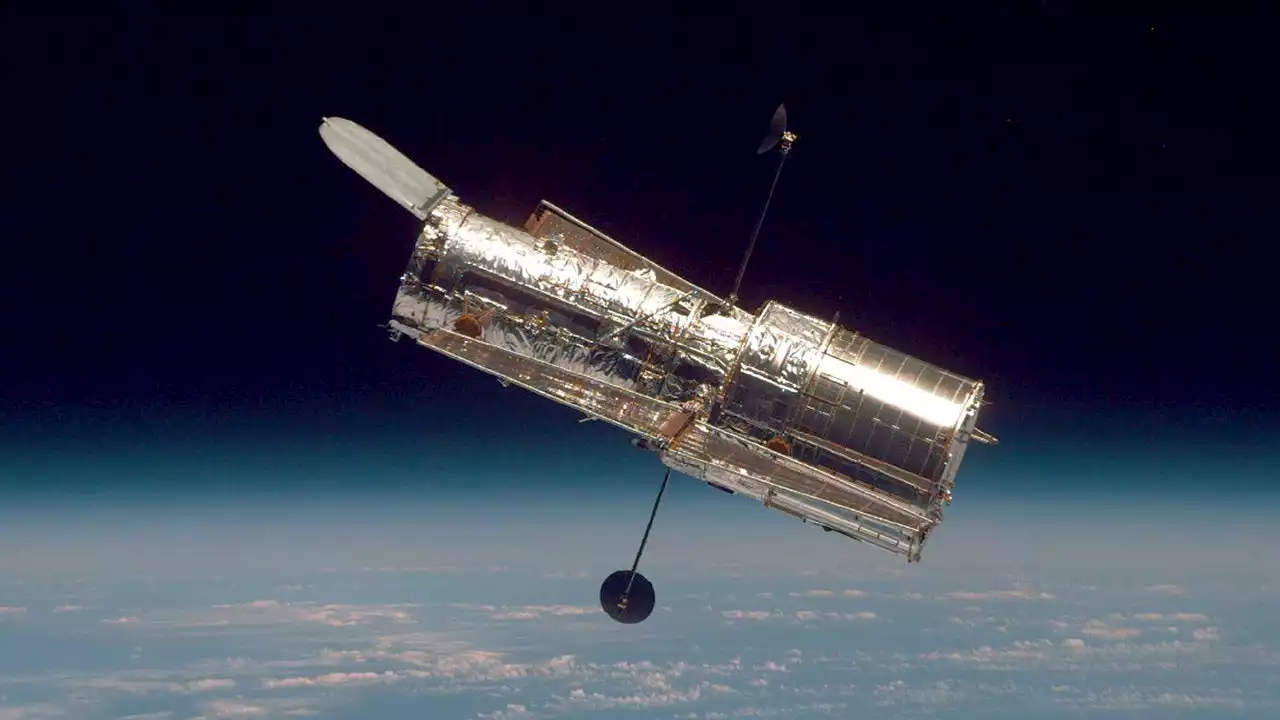The “kinetic impactor” technique used in NASA’s DART mission can save Earth.
confirming that the successful Double Asteroid Redirection Test mission wasn’t just for fun; it proves that humanity can deflect asteroids and also actually save the planet.on Wednesday, explaining that the “kinetic impactor” technique, which APL writer Ajai Raj jokingly defines as “smashing a thing into another thing,” could indeed be used as an effective means of planetary defense.
“These findings add to our fundamental understanding of asteroids and build a foundation for how humanity can defend Earth from a potentially hazardous asteroid by altering its course,” Nicola Fox, NASA’s associate administrator for the Science Mission Directorate, stated in the agency’s blog post.
. The DART spacecraft launched debris from the asteroid at the impact point, known as ejecta. The recoil effect of the debris was found to have contributed more to the asteroid’s momentum change than the impact itself.that asteroids like Dimorphos with a diameter of around half a mile can be successfully deflected by this method and not need an advance reconnaissance mission.
All in all, there’s a lot of optimism about humanity’s ability to protect itself from giant space rock bullies. And we’ll have to hand off the recipe for how to do this whole kinetic impactor thing to the next generation, because according to the APL: “no known asteroid poses a threat to Earth for at least the next century.”
United States Latest News, United States Headlines
Similar News:You can also read news stories similar to this one that we have collected from other news sources.
 NASA’s DART mission proves it can save the planet from killer asteroidsThe “kinetic impactor” technique used in NASA’s DART mission can save Earth.
NASA’s DART mission proves it can save the planet from killer asteroidsThe “kinetic impactor” technique used in NASA’s DART mission can save Earth.
Read more »
 Planetary Defense Success! NASA’s DART Data Validates Asteroid Kinetic Impact MethodSince NASA’s Double Asteroid Redirection Test (DART) successfully impacted its target nearly five months ago, on September 26 — altering the orbit of the asteroid moonlet Dimorphos by 33 minutes — the DART team has been hard at work analyzing the data collected from the world’s first planetary defen
Planetary Defense Success! NASA’s DART Data Validates Asteroid Kinetic Impact MethodSince NASA’s Double Asteroid Redirection Test (DART) successfully impacted its target nearly five months ago, on September 26 — altering the orbit of the asteroid moonlet Dimorphos by 33 minutes — the DART team has been hard at work analyzing the data collected from the world’s first planetary defen
Read more »
 NASA's DART spacecraft dislodged 1 million kg of debris with asteroid collisionA series of new studies determined that NASA's Double Asteroid Redirection Test (DART) method is a viable technique for planetary defense.
NASA's DART spacecraft dislodged 1 million kg of debris with asteroid collisionA series of new studies determined that NASA's Double Asteroid Redirection Test (DART) method is a viable technique for planetary defense.
Read more »
 Hubble captured NASA's DART collision with an asteroid on videoHubble was watching when the DART collision changed Dimorphos' orbit in September and now NASA has released the video.
Hubble captured NASA's DART collision with an asteroid on videoHubble was watching when the DART collision changed Dimorphos' orbit in September and now NASA has released the video.
Read more »
 5 ways we know DART crushed that asteroid (but not literally)Space experts dove deeper into the dramatic aftermath of NASA's big asteroid-redirection mission.
5 ways we know DART crushed that asteroid (but not literally)Space experts dove deeper into the dramatic aftermath of NASA's big asteroid-redirection mission.
Read more »
 Watch: New video from Hubble space telescope captures asteroid-smashing debris from successful DART missionThe Double Asteroid Redirection Test (DART) mission involved slamming a 1,200-pound spacecraft about the size of a vending machine into an asteroid at 13,000 miles per hour.
Watch: New video from Hubble space telescope captures asteroid-smashing debris from successful DART missionThe Double Asteroid Redirection Test (DART) mission involved slamming a 1,200-pound spacecraft about the size of a vending machine into an asteroid at 13,000 miles per hour.
Read more »
